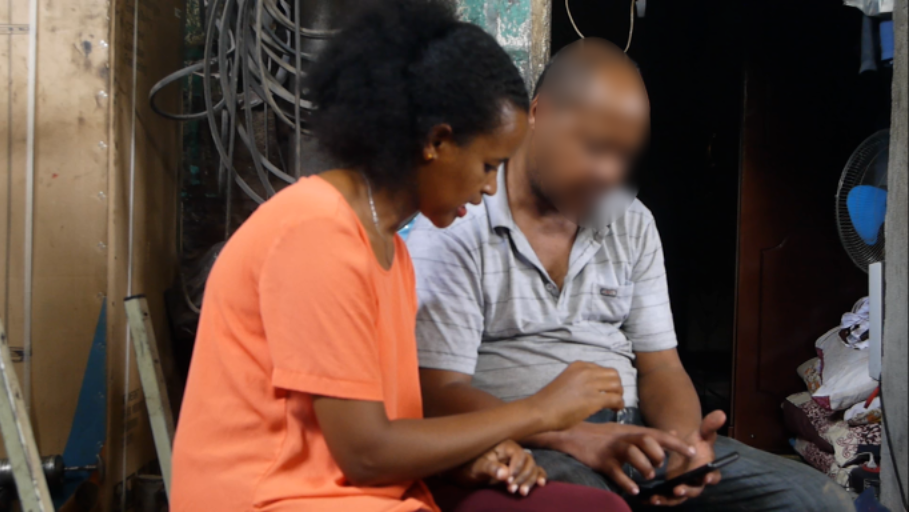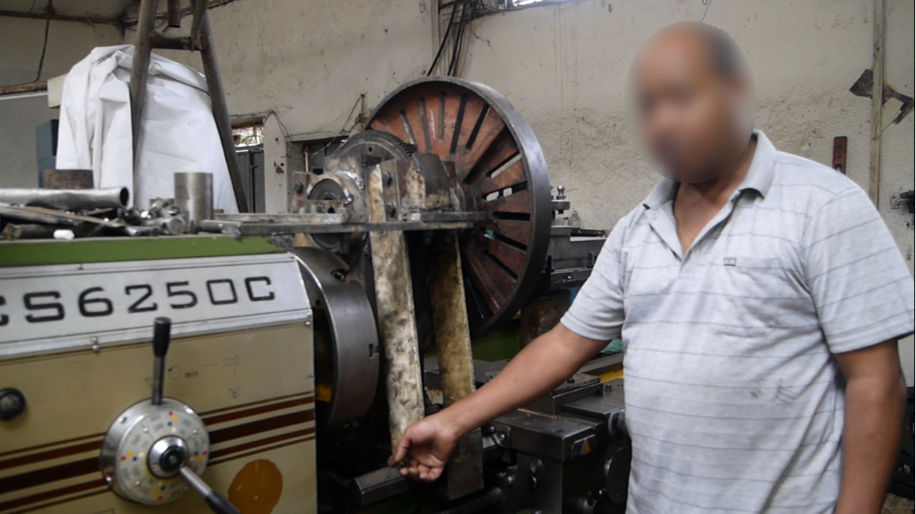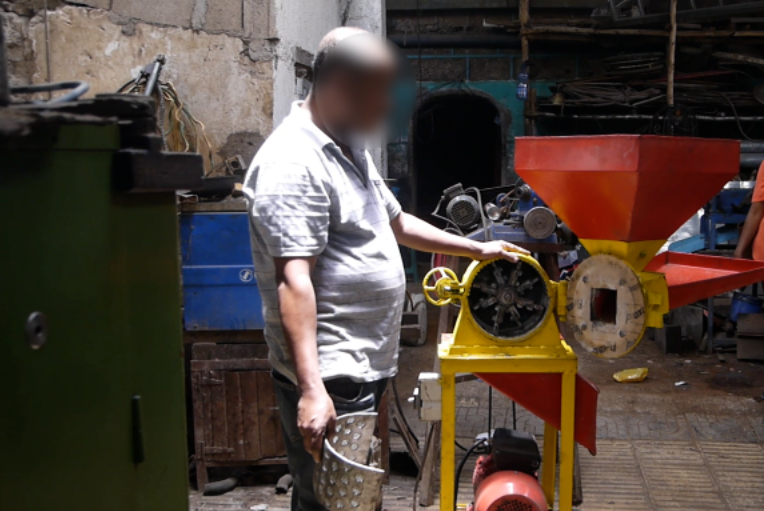Case studies, case studies…. Ever since I started working on financial inclusion, clients required case studies as part of the deliverables. Whether conducting a study, an evaluation, a mid-term review, or developing program design, we almost always had to write some case studies. When writing a proposal to bid for an assignment, we think case studies are easy. Just pick one person, write what the situation for that person is, et voilà, done. But in practice, it has always been much harder than we expect before the assignment starts. For some assignments, the case studies have even turned into small nightmares for us. But no longer, we seem to have cracked that nut now.
At the moment, we’re writing case studies about small firms in Ethiopia, based on the Small Firm Diaries data of a full year. I really want to share with you how we’re doing this.
In the small firm diaries, we are interviewing the same firms in each country for 12 months. The interviews consist of two main parts. The repeat part, which includes the financial diaries which record all their transactions, all their income, all their expenses, their loans, their savings, the hours worked (also for employees), and other indicators that fluctuate over time like whether the firms had any incidences with employees, or whether they had any events happen to the firm, averse and positive. The module is the other part and it consists of a number of questionnaires or surveys which each zoom into themes relevant to small firms like record keeping, formalization, use of financial services, competition and collaboration in the sector, etc.
The first country in the study is Ethiopia and on 15th April 2022, we reached the end of the whole year of recording the financial diaries. The case studies started when 10 to 11 months of data were already available. This meant that for each respondent there was already a small treasure box of information available, such as specific patterns of income, how expenses are distributed across cost types and months, which challenges the firm had and how they dealt with them as well as a large number of data on the way the firm owner(s) manage(s) the firm and what their ambitions are.
Now, this depth of information provides a good position for writing case studies on the different firms.
We start asking the field researchers, the people who interview all the small firms, to recommend some of their respondents for case studies. They then nominate those firm owners who are willing to talk and make a little bit of extra time on top of the time they already devote to the study and who have reasonably complete data. We also ask the field researchers to suggest a range of cases, in terms of the firms growing or not, being larger or smaller firms, being innovative and creative entrepreneurs, or more traditional ones. Field researchers nominate about one in three of their respondents for case studies.

Then we collect all the information we have for each case study firm: the transaction data, which we show in graphs, so you see the seasonality, the ‘spikiness’ (whether it fluctuates strongly) of their income and expenses, and we also have their average income per week, average expenses per week and what percentage of expenses go to which types of costs. Then we also have in the folder the entire set of survey results. Finally, we copy the stories that the field teams shared during the course of the study via a chat channel, mostly anecdotes of what they experienced in the field with the firms.
Once all the data is in one place, we prepare the interview for the case study. We spend about an hour and a half exploring all that information that is there. That is when we start seeing some patterns that we want to understand better or we signal seeming contradictions that need more explanations. For example, the respondent says that they just started the business recently but they also state they grew up in this business. Then you try to find out whether the current owner started a new firm or they recently took over their parents’ firm. Based on all the different information that we see in the folder of that individual firm we formulate questions to dig deeper, trying to understand the reasons for some behavior, or get more information about the context of the firm. Usually, we prepare about 10 to 12 questions for this additional case study discussion with the respondent.

The respondents react very positively to these case-study interviews because you start sharing with them what you have read in their data and explain why you have the follow-up questions. The participants of the study appreciate that their data was recorded so carefully and that the L-IFT team is spending so much time and care to understand the information. Most participants’ reactions are similar to this one: “Oh, you have really listened to me, you have really written all that down. There’s people outside my country reading and caring about my opinions, my choices, and my experiences”. Since these additional questions are based on the specific information of each unique firm, they mostly hit something truly interesting. In Ethiopia, we’re on the way to achieving 40 case studies, which is quite a lot compared to other projects we’ve done before. Due to the systematic way of doing the case studies and formulating the follow-up questions as a team, all supervisors and more senior staff were successful in preparing case studies. This system of first collating all the data already collected, both systematic and through stories, and then investigating the available material and carefully formulating some questions to get the full picture, is an efficient way of doing a case study. It truly builds on the unique feature of diaries studies which cover both quantitative data and qualitative findings. I am convinced these case studies will contribute significantly to the understanding of small firms.
A big thank you to the SFD ET field team for their tremendous commitment!


